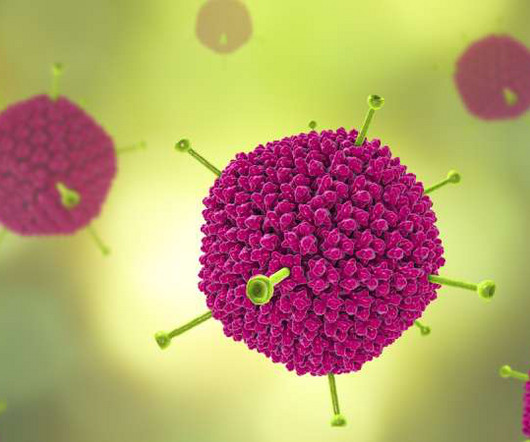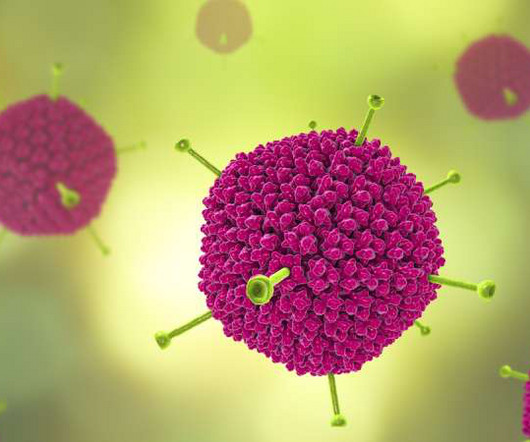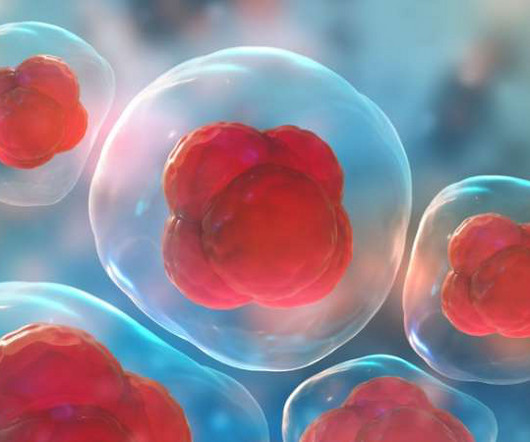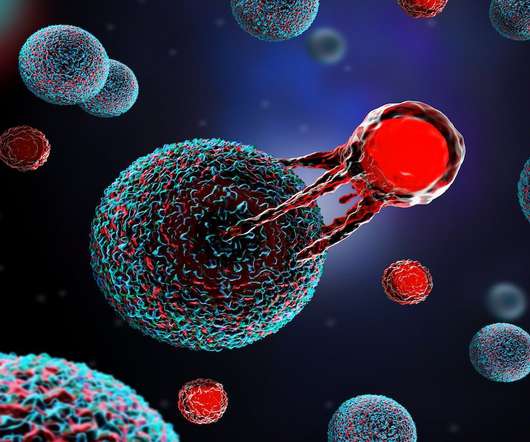Guide to using AAV vectors in gene therapy
Drug Discovery World
FEBRUARY 8, 2024
This is largely due to their highly stable Inverted Terminal Repeat (ITR) regions, as this secondary structure is prone to deletions during propagation in bacteria and cannot be read by standard Sanger sequencing. Dr O’Hara also provided an AAV plasmid preparation case study. Why are those important? How is the titer determined?













Let's personalize your content